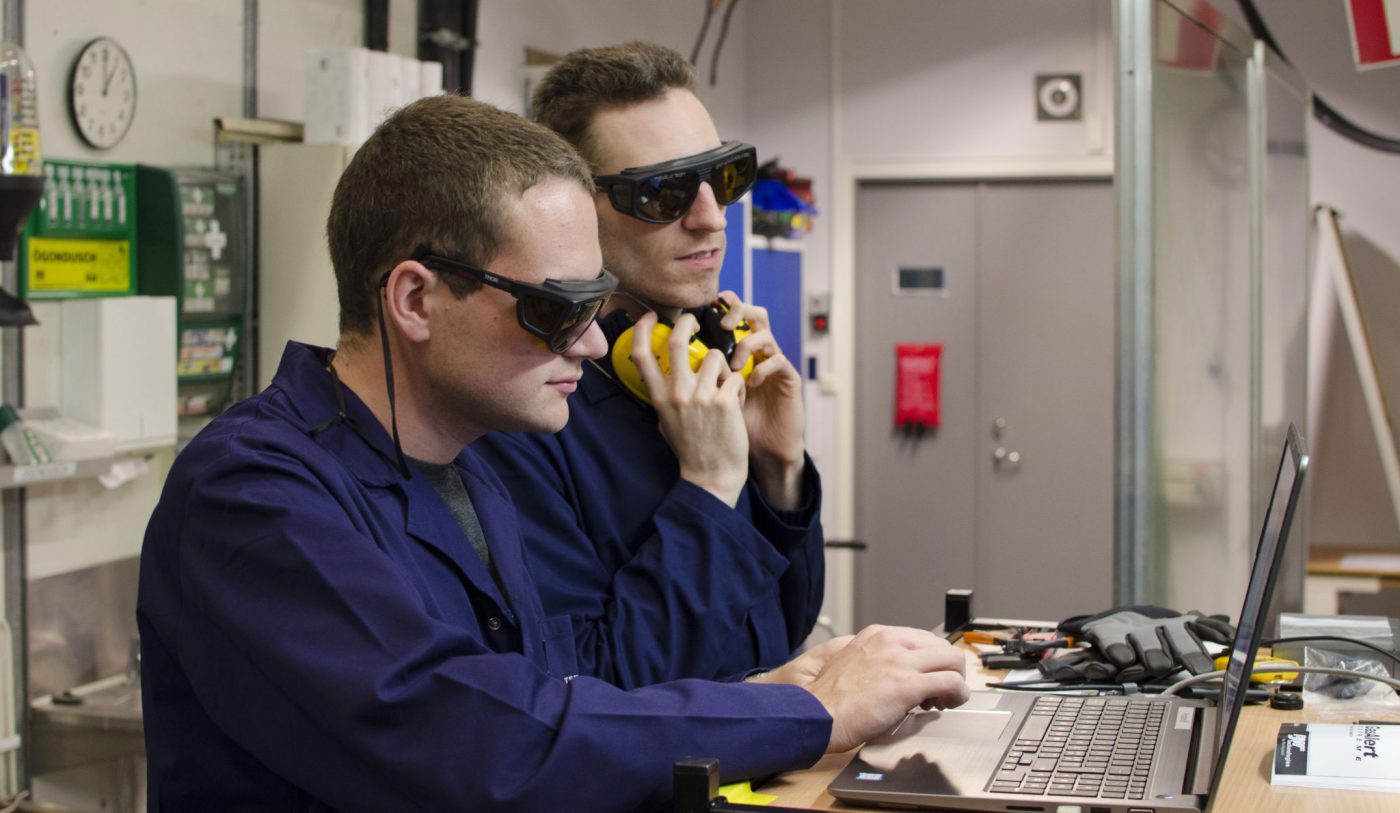SAMOA – Sustainable Aluminium Additive Manufacturing for high-performance applications
EIT RawMaterials funded innovation project SAMOA, led by the Luleå University of Technology aims to scale up the process chain of raw aluminium alloys from material efficient powder production, energy efficient laser and arc wire additive manufacturing to material recycling in order to reduce the material need of up to 50%. New high strength aluminium alloys with reduced Si content, increased material strength and processable will be developed. The performance and sustainability will be shown in a demonstrative processing chain.
It is a large project with large resources so I think we can make noticeable progress in Additive Manufacturing, both in scientific research and in industrial applications.
Jörg Volpp, Associate Senior Lecturer in Manufacturing Systems Engineering at the Luleå University of Technology
The researchers will develop Additive Manufacturing for aluminium for both powder- and wire-based processes, which will make the technology more accessible to the industry. The goal is to increase precision, build-up rates and processing speed for Additive Manufacturing of high strength components.
Additive Manufacturing
A collective name for several different 3D production technologies where complex components can be created directly from a CAD model. The 3D model is “sliced” into thin sections, which are then created by the printer. Each layer of metal powder is melted with a laser or electron beam. The most common metal printing technique is based on the component being built up layer by layers, so-called powder bed technology. Blown powder technologies or wire-based processes are further process strategies. All mentioned methods will be evaluated in the SAMOA project.
One of the advantages of Additive Manufacturing is that it is possible to replace complex constructions with one piece, which can be designed to have a lower weight. Material waste is, therefore, less compared to traditional methods. We will also work with recycling strategies to reduce waste and the need for new material.
A new recycling method that uses aluminium waste will be developed in the project. The material waste arises in the factory and instead of having it transported away, it is melted with a laser beam and the drops that occur are used to directly build a new component. This minimizes the steps from waste to new components.
In SAMOA, demonstrator parts for various industries will be developed, including for the automotive and transport industry as well as the medical sector.
Fiat will develop car components, while Siemens will manufacture a C-arm that is used for diagnostic imaging in the medical sector. Siemens also aims to be able to mass-produce movement control that are or example used for trains. The demonstrator parts will be integrated into a demonstration product line. We will also develop new high-performance aluminium powders for increasing the strength of the manufactured components.
Jörg Volpp, Associate Senior Lecturer in Manufacturing Systems Engineering at the Luleå University of Technology
SAMOA project has started in April 2019 and will continue for three years. The total budget is EUR 3.4 M.
- Adrien Da Silva and Jörg Volpp in the laser lab at Luleå University of Technology
- Laser beam in progress melting drops from a wire including high-speed imaging
- Laser machine and beam switch
- CNC programming in the laser lab
- Wire and shielding gas nozzles for drop detachment with a laser beam
- Researcher Jörg Volpp, project coordinator for SAMOA
Image credit: Ted Karlsson
Members of the innovation project SAMOA consortium:
- Luleå University of Technology (LTU), Sweden (Lead Partner)
- Centro Ricerche Fiat S.C.p.A. (CRF – C.R.F.), Italy
- Fraunhofer-Gesellschaft zur Förderung der angewandten Forschung e.V. (Fraunhofer), Germany
- Gemmate Technologies, Italy
- IMR Metal Powder Technologies GmbH, Austria
- LTU Business AB, Sweden
- Politecnico di Milano, Italy
- Siemens AG, Germany
For more information:










